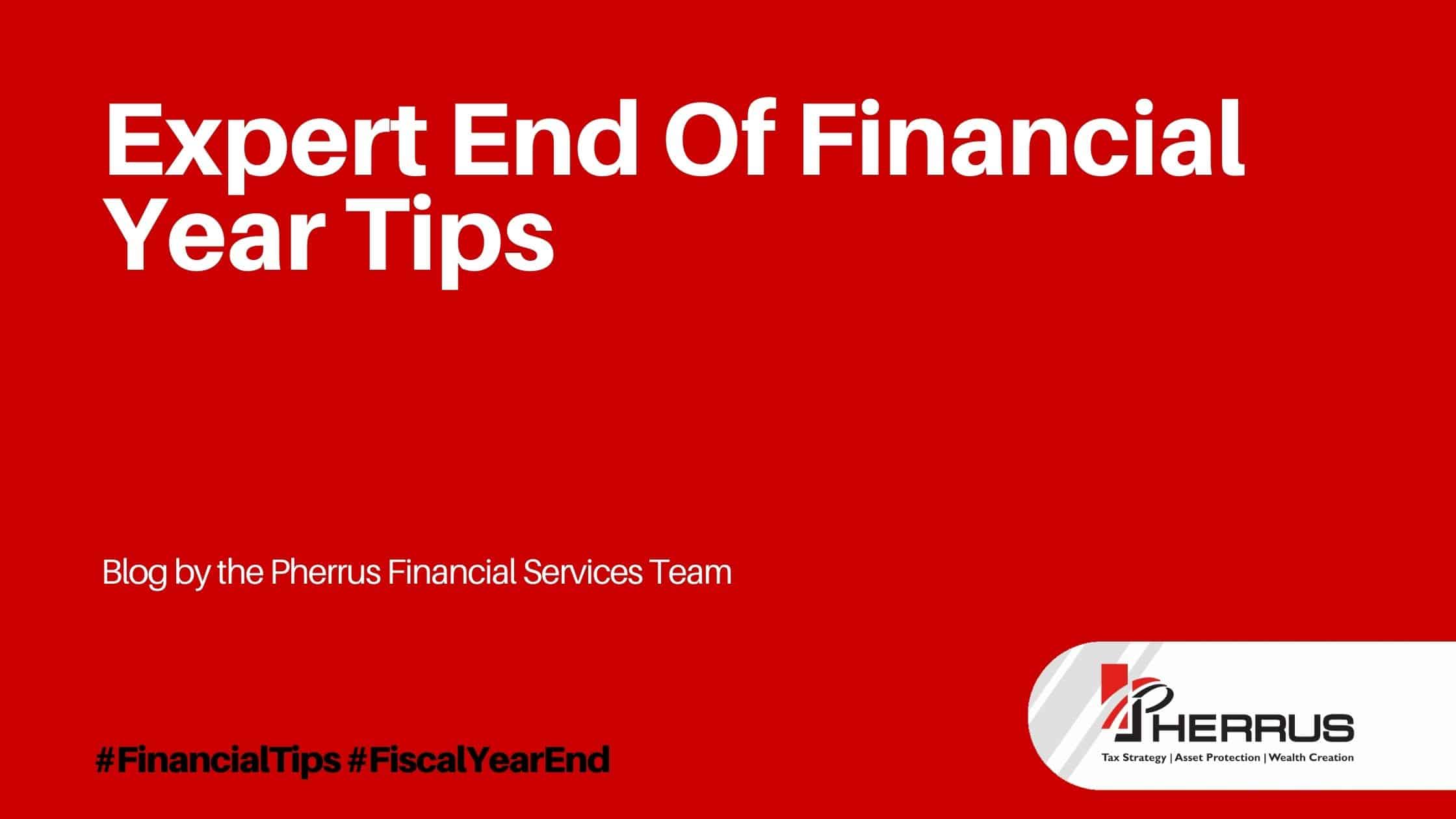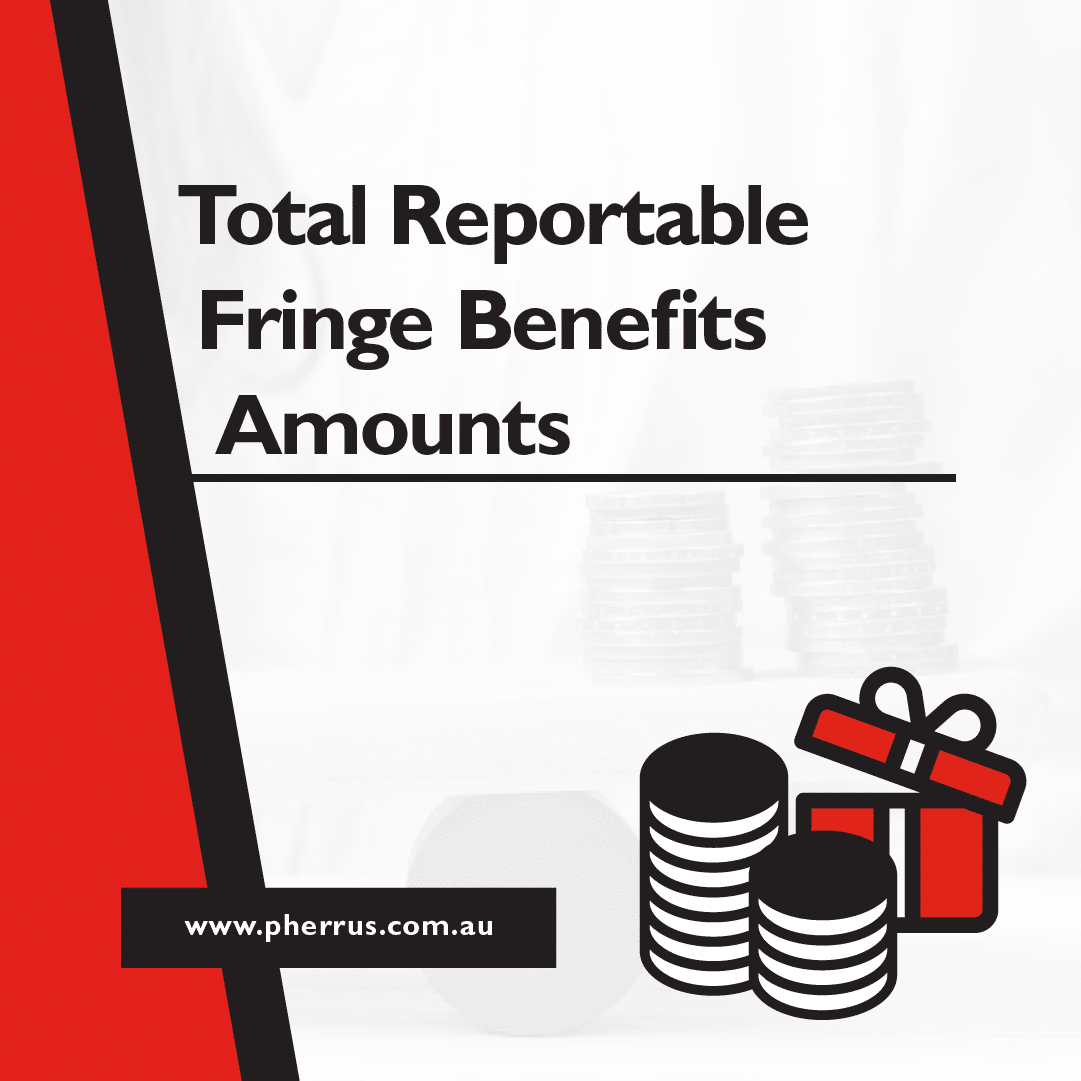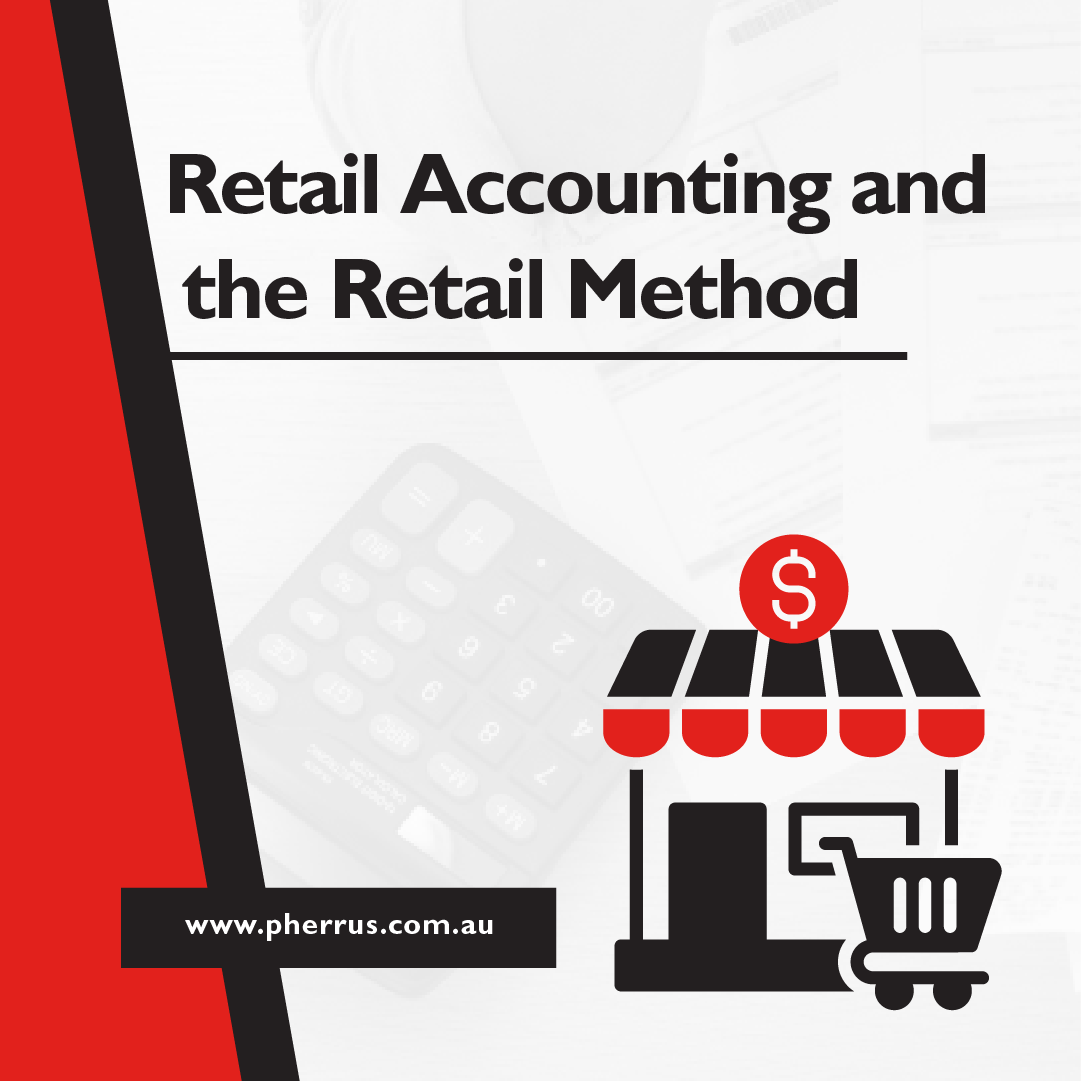Whether you’re an Aussie business owner or an employee, you’re not likely to forget the end of financial year (EOFY) date!
It can bring a flurry of paperwork, stress over meeting tax deadlines, and the challenge of getting all your financial records up to scratch.
That’s a lot of pressure, making sure everything is perfectly finalised before the cutoff!
Is there an alternative?
Absolutely! We’ve put together the top EOFY tips to make this time as streamlined and stress-free as possible.
By following them, you can avoid nasty ATO penalties and set a solid foundation for the upcoming financial year.
Tip 1: Determine Any Division 7A Loan Repayments
If you own a private company and the company lends you (or any shareholders or their associates) money or a provision of credit, or takes part in a transaction that’s the same as a loan, this is considered a Division 7A loan.
Division 7A loans normally have written agreements, minimum interest charge at benchmark rates (assessable under the company), and yearly minimum repayments with maximum term limits, normally 7 years unsecured or secured for 25 years.
Yearly Minimum Repayment of Division 7A Loans can happen in the following 3 ways :
- Cash Repayment
- Salary & Wages – Offset against the loan
- Unfranked Dividends – minimum repayment
Unfranked Dividends as well as Salary and Wages will need to be declared on you individual tax return as assessable income.
If you have borrowed money from your private company make sure that your Debit Shareholder Loans are under control.
If this loan doesn’t follow specific rules, including having a written agreement, charging a minimum interest rate, and adhering to maximum term limits.
Tip 2: Maximise Superannuation Concessional Contributions in Time
Superannuation concessional contributions are before-tax contributions to your super fund for which you claim a tax deduction, such as employer contributions, salary sacrifices, and personal contributions.
As of July 1, 2024, concessional contributions will be capped at $30,000.
Any amount over this cap will be subject to extra tax. To avoid this, your concessional contributions must be deposited within the cap by June 30.
To stay under the concessional contribution cap
- Monitor your super contributions throughout the year.
- Set up automatic limits on your super fund to prevent over-contribution.
- Use online calculators provided by super funds or the ATO to estimate and track your total contributions.
- Consult a financial expert on how to plan your contributions effectively.
As a bonus, contributing by June 30 can provide immediate tax benefits, such as reducing your taxable income for the financial year.
Tip 3: Submit a Notice of Intent To Claim Concessional Superannuation Contributions
A Notice of Intent to Claim or Vary a Deduction for Personal Super Contributions is a form submitted to your super fund to inform them of your intention to claim a tax deduction for personal super contributions.
This notice ensures your contributions are correctly reported in your tax return and eligible for tax benefits.
You must lodge this notice on the day you lodge your tax return for the year you made the contributions, or on the last day of the financial year after the financial year you made the contributions—whichever comes first.
Tip 4: Finalise and Lodge STP Year-End Reporting
If you’re an employer using Single Touch Payroll (STP), you must lodge an STP finalisation declaration at the end of financial year.
This declaration confirms all payroll data reported to the ATO is complete and accurate, so employees’ income statements are ready for their tax returns.
The declaration process includes
- Verifying payroll data for all employees you’ve paid through STP during the financial year (including casuals and those terminated): wages, taxes, and superannuation contributions.
- Lodging a finalisation declaration for these employees by July 14 to the ATO through their STP-enabled software.
- Informing employees that their income statements are available through myGov and are “tax ready” after finalisation.
Tip 5: Report Any Fringe Benefits Tax
Do you provide reportable fringe benefits to your employees, such as cars for private use, interest-free or low-interest loans, housing, or living-away-from-home allowances?
If so, you must determine if you need to report these at the end of financial year for taxation compliance and to reflect the true value of benefits provided to employees in their tax records.
Start by calculating the taxable value of these fringe benefits for each employee.
If this value, called the reportable fringe benefits amount (RFBA), exceeds $2,000 in the FBT year (April 1 to March 31), you’ll need to report it.
The RFBA is “grossed up” to show the pre-tax salary an employee would need to earn to purchase the provided benefits.
To calculate the RFBA, take the total taxable value of the reportable fringe benefits provided to the employee and multiply it by the lower (type 2) gross-up rate, currently 1.8868.
You’ll then report this amount via STP or on the employee’s payment summary for the financial year ending after the FBT year.
Tip 6: Apply for Lodgement Deferrals
A lodgment deferral from the ATO allows businesses and individuals to extend the due date for submitting tax returns and other documents if they cannot lodge on time due to unforeseen or exceptional circumstances.
At the end of financial year, this deferral can give you more time to gather necessary information and comply with tax obligations without incurring penalties.
To apply for a lodgement deferral, your registered tax or BAS agent can use the “Reports and forms” menu in the ATO’s Online services for agents portal.
Tip 7: Finalise Business Vehicle Log Books
If you’re a sole trader or member of a partnership, you may be able to use the “logbook method” to claim car expenses for business use at the end of financial year.
To calculate how much to claim
- Keep a logbook for 12 continuous weeks during the financial year.
- Record all business and other travel.
- Calculate the vehicle’s business-use percentage by dividing the distance travelled for business by the total distance travelled and multiplying by 100.
- Apply this percentage to total car expenses for the year.
Tip 8: Review Your Balance Sheets
Balance sheets offer a comprehensive summary of a company’s financial position at the end of financial year for tax purposes and financial planning.
These sheets must include your company’s assets, liabilities, and equity.
Assets can include
- Property
- Equipment
- Vehicles
- Inventory
- Software
- Intellectual property: patents, trademarks, and copyrights
Before June 30, you should review your balance sheets to verify that all assets are correctly listed and accounted for and that their market values are current and reflect their condition.
Tip 9: Examine Accounts Payable and Accounts Receivable
Accounts payable are the amounts a business owes to suppliers for goods or services received, while accounts receivable are the amounts owed to the business by customers for goods or services provided.
Examining your business’s accounts payable and accounts receivable by the end of financial year is crucial to
- Confirm all recorded transactions are correct.
- Efficiently manage cash flow.
- Understand your business’s financial position.
- Comply with tax regulations.
Tip 10: Complete Stocktakes
If your business buys, sells, or manufactures goods, you must value its trading stock at the end of financial year to calculate your taxable income.
You can count and value each item of stock using any of these methods:
- Cost: The stock’s purchase price plus any associated costs.
- Market selling value: The price you would sell the stock for in the open market.
- Replacement value: The cost to replace the stock item.
Tip 11: Assess Your Insurance Policies
It’s wise to assess your current insurance policies, including personal insurance, workers’ compensation, and business liability insurance, to check their coverage is adequate and up-to-date with any changes in your circumstances or asset values.
Such an assessment at the end of financial year aligns with accurate financial reporting and risk management for the new financial year.
You can review your insurance policies by comparing current coverage limits to the value of your assets, checking policy details and terms for any necessary updates, and consulting your insurance provider for adjustments.
Tip 12: Take Advantage of Instant Asset Write-Offs
An asset write-off is a tax deduction that allows you to account for the cost of wear and tear on business assets over time up to a specified threshold.
You can deduct the declining value of assets you use for business purposes from your taxable income, reducing your overall tax burden.
Before June 30, your business can purchase assets and claim an immediate tax deduction.
Taking advantage of this provision can reduce your taxable income for the year, providing significant tax benefits and improving cash flow.
Tip 13: Get EOFY Help From the Financial Experts at Pherrus
With the financial year ending, you don’t want to be up to your eyeballs in paperwork, racing against the clock to get everything necessary in order.
You’ve got enough on your plate: running your business or working away at your job—so leave your end of financial year affairs to us!
For stress-free, expert bookkeeping, business accounting, and taxation accounting, fill out this online form or call +61 (02) 9099 9109 to book a consultation at our Bella Vista office in Sydney, NSW.




